Hedgehog in the Fog c. 1975 : Unique use of the multiplane camera
A little hedgehog is on his way to meet his friend the bear when he spots a white horse in the evening fog and decides to investigate. The horse disappears, and the hedgehog encounters all manner of frights in the fog before eventually finding his way to the bear. Even when the danger has passed, he cannot shake the image of the horse in the fog from his mind. Neither will anyone who watches this astonishing film.
Animation is breathing the illusion of life into two-dimensional objects, and few directors have made this magic as wondrously as Russia’s Yuri Norstein. Despite working with paper cutouts — a form that has more in common with stop-motion than traditional 2-D animation — he brings incredible dimensionality to his films through a variety of tricks, such as his own unique version of the multiplane camera. With Hedgehog in the Fog, he stumped his colleagues around the world with extraordinary environmental effects. How do the animals actually fade into and out of the fog? How did he replicate the fuzziness of fog so effectively with glass and celluloid? (The answer is that he painstakingly manipulated an extremely thin layer of paper between the camera and the planes of the scenes.) The film is at turns beautiful and scary in its evocation of a child’s imagination and the first encounter with the all-consuming strangeness of the world.
https://www.vulture.com/article/most-influential-best-scenes-animation-history.html
-
 0:29
0:29
TimCernea
3 years agocamera test
87 -
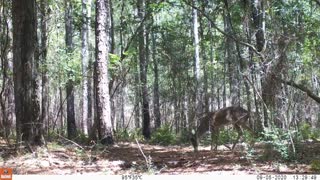 1:59
1:59
Rugaru
3 years ago $0.02 earnedTrail Camera 3
142 -
 0:21
0:21
KellyGman65
3 years agoCandid camera
308 -
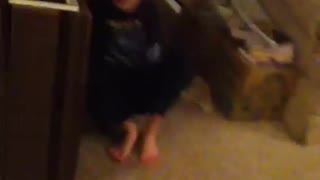 0:21
0:21
tfraymond
3 years agoCamera shy
681 -
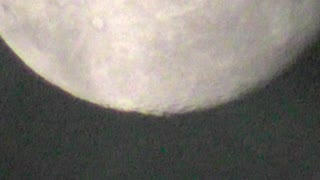 1:06
1:06
r2d2aa
3 years agopanasonic camera
142 -
 10:30
10:30
Sysjolt
3 years ago $0.04 earnedBird Feeder Camera
53 -
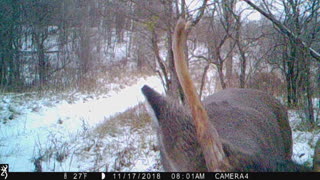 1:00
1:00
driftdiver
3 years ago $0.01 earnedCamera smells good.
50 -
 0:15
0:15
Frankobono
3 years ago $0.01 earnedTrail Camera Buck
40 -
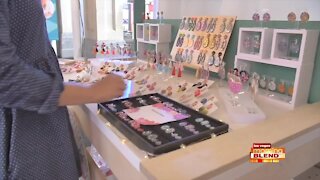 1:11
1:11
KTNV
3 years agoUnique Valentine's Day Gifts
19 -
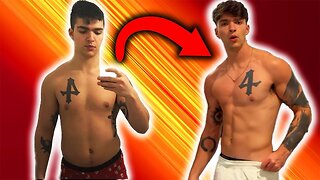 4:43
4:43
ParisDemers
1 day agoThis Diet Hack Changed My Life! (How To Get Ripped FAST!)
42.8K46